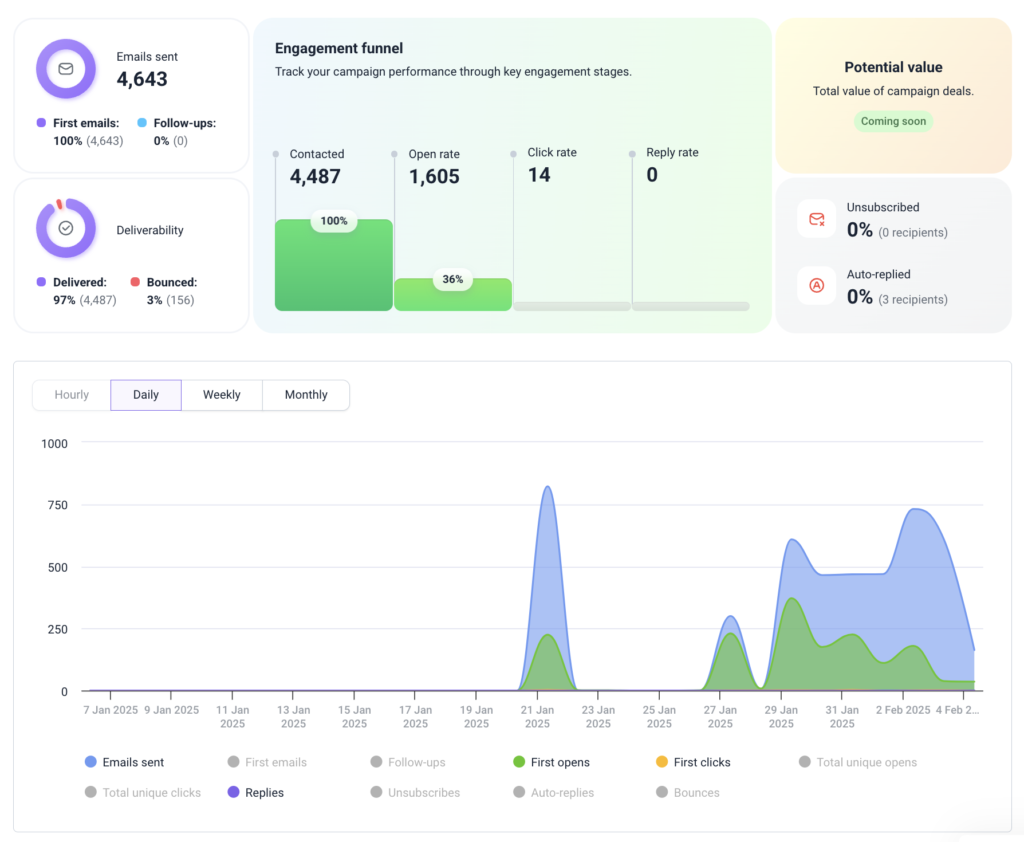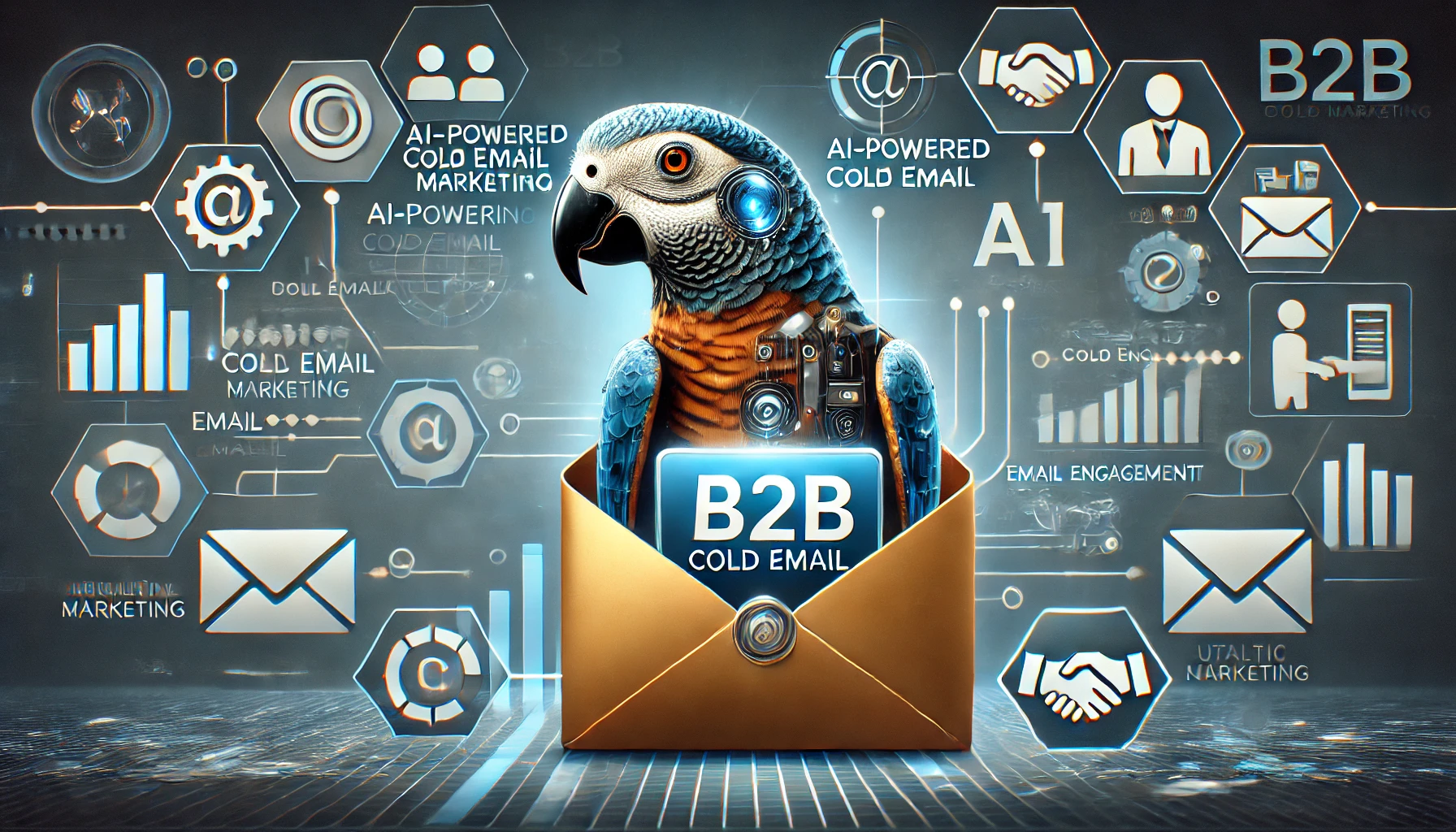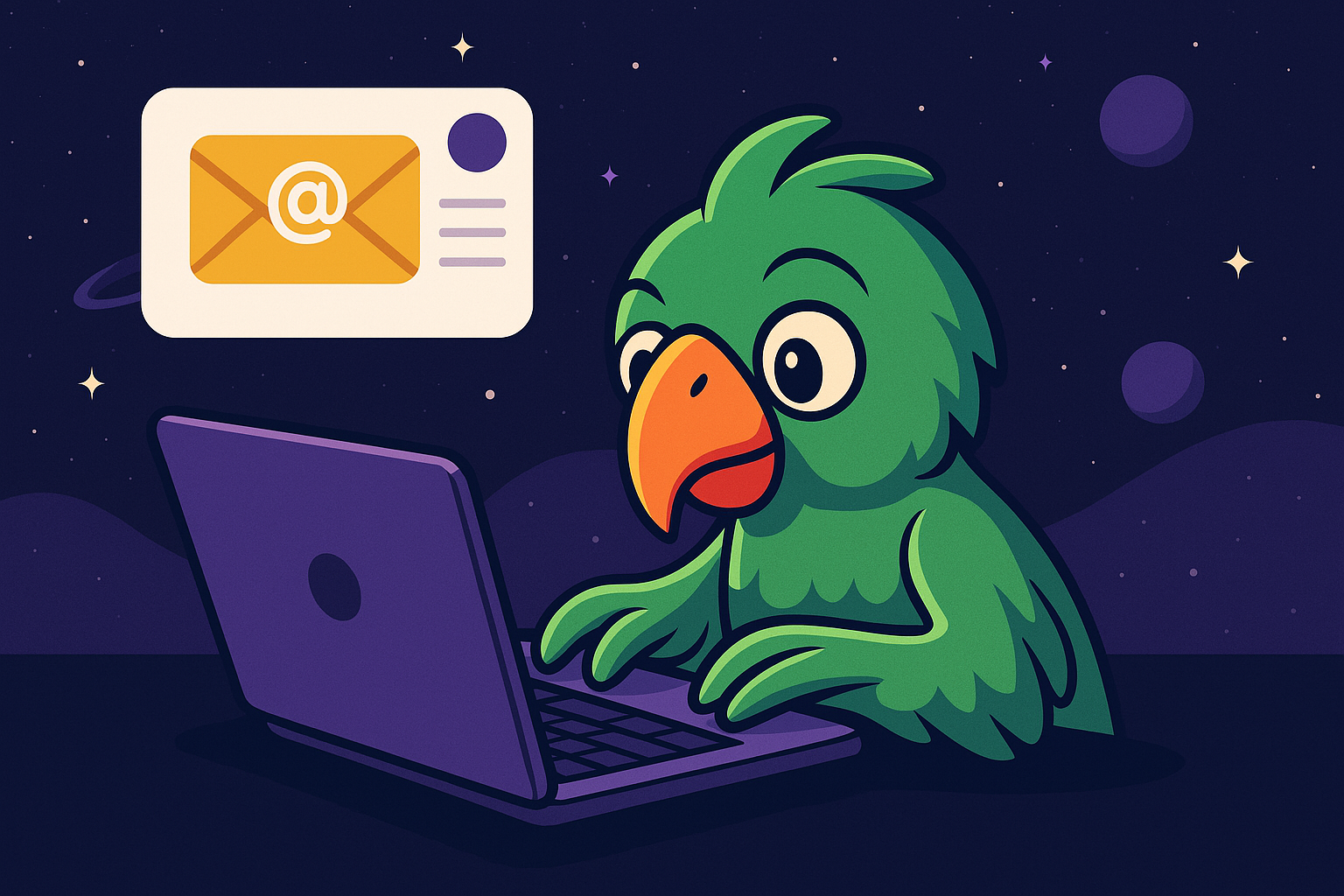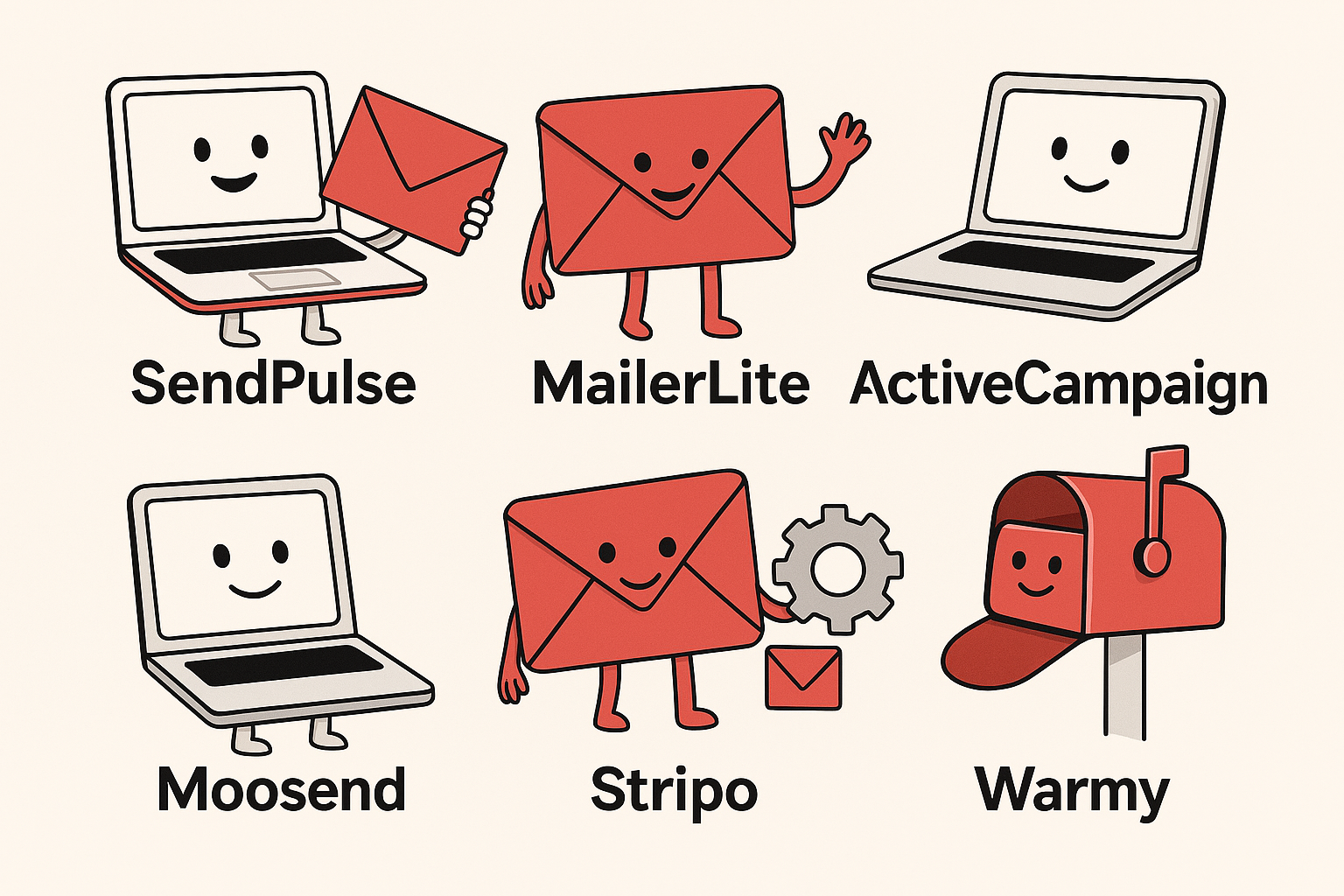Cold emailing is a powerful tool for reaching new prospects and generating business opportunities. However, not all cold emails are created equal. An effective cold email grabs attention, delivers value, and encourages a response. In this guide, we’ll cover the key elements of successful cold emails, best practices, and tools like Snov.io, Warmy, and Woodpecker to optimize your outreach.
What is a Cold Email?
A cold email is an unsolicited email sent to a potential customer or business contact with whom you have no prior relationship. Unlike spam, a well-crafted cold email is highly targeted, personalized, and provides clear value to the recipient.
Why Cold Emailing Still Works in 2025
Despite the rise of social media and paid ads, cold emailing remains one of the most effective channels for B2B lead generation. Here’s why:
- Direct Access to Decision Makers: You can reach C-level executives, managers, and business owners without gatekeepers.
- Cost-Effective: Compared to paid ads, cold emailing is budget-friendly with high ROI.
- Scalability: Tools like Snov.io, Warmy, and Woodpecker allow automation while maintaining personalization.
Key Components of an Effective Cold Email
Compelling Subject Line
The subject line is the first impression of your email. It should be concise, intriguing, and relevant to your recipient. Best practices include:
- Keeping it under 50 characters
- Personalizing with the recipient’s name or company
- Creating curiosity without being misleading
Examples:
- “[First Name], Quick Question About [Company]”
- “[First Name], Quick Idea for [Company]”
- “Can We Help [Company] with [Pain Point]?”
- “[First Name], A Strategy to Boost [Metric] for [Company]”
- “[First Name], Are You Open to a Quick Chat About [Solution]?”
Personalized Introduction
A generic opening can get your email ignored. Show that you’ve done your research by mentioning a specific detail about the recipient or their business.
Example: “Hi [Name], I noticed your recent LinkedIn post about [topic], and I wanted to reach out with something relevant.”
Value-Driven Body Copy
Your email should quickly explain how your product or service can solve a problem for the recipient. Focus on benefits rather than features and keep it concise.
Example: “We help companies like [Company Name] increase email response rates by 30% using AI-driven personalization.”
Clear Call to Action (CTA)
A strong CTA guides the recipient on what to do next. Whether it’s scheduling a call, signing up for a demo, or replying to the email, make it clear and easy.
Example: “Would you be open to a quick 10-minute call next Tuesday?”
Professional Signature
Your email should end with a professional signature, including your name, title, company, and contact details. Adding a LinkedIn profile or website link can also build credibility.
Best Practices for Cold Emails
- Keep it short and to the point (under 150 words)
- Avoid spammy language (no excessive sales jargon or all caps)
- Test and optimize subject lines and body copy
- Follow up with a polite reminder if there’s no response after a few days
- Check your emails wording for spam triggers using tools like mailmeteor spam-checker
Tools to Improve Cold Emailing
Using the right tools can significantly improve your email outreach. Here are some of the most popular:
Snov.io
Snov.io is an all-in-one sales automation platform designed to streamline lead generation, outreach, and CRM processes. Key features include:
- Email Finder: Discover and collect verified email addresses from various sources, enhancing your lead generation efforts.
- Email Verifier: Ensure the accuracy of your email lists by identifying and removing invalid or risky email addresses, thereby reducing bounce rates.
- Email Warm-Up: Gradually build your sender reputation to improve email deliverability by warming up your email accounts.
- Drip Campaigns: Create and manage automated email sequences with personalized content to nurture leads effectively.
- Sales CRM: Manage your sales pipeline with a free CRM that offers task management, deal tracking, and calendar integration.
- Chrome Extensions: Utilize tools like the Email Finder and Email Verifier directly within your browser for seamless workflow integration.
- Integrations: Connect with over 5,000 apps, including popular platforms like HubSpot, Slack, Asana, Trello, and more, to enhance your sales and marketing processes.

Warmy
Warmy is an AI-driven email deliverability platform focused on improving sender reputation and ensuring emails reach the intended inboxes. Its features include:
- Automated Email Warm-Up: Leverage “Adeline,” Warmy’s AI engine, to automate the warm-up process, ensuring your emails land in the inbox.
- Deliverability Monitoring: Access intuitive dashboards to monitor key metrics such as open rates, placement, and processing time, keeping you informed about your email performance.
- DNS Record Validation: Test and validate your DNS records, including SPF, DKIM, and DMARC, to ensure compliance and enhance deliverability.
- Inbox Placement Tests: Determine whether your emails will land in the inbox or spam folder before sending out campaigns.
- Template Warm-Up: Warm up your actual email templates to ensure they perform well and avoid spam filters during real campaigns.
Woodpecker
Woodpecker is a sales automation tool designed for B2B companies to streamline cold email outreach and follow-ups. Its notable features include:
- Automated Follow-Ups: Set up automated follow-up sequences that stop when a prospect replies, ensuring timely and relevant communication.
- Advanced Personalization: Personalize emails at scale using custom fields and dynamic snippets to increase engagement.
- Email Verification: Utilize free email verification to maintain list hygiene and improve deliverability.
- Email Warm-Up: Benefit from a free warm-up feature to enhance sender reputation before launching large campaigns.
- Inbox Rotation: Rotate between multiple inboxes to distribute sending volume and reduce the risk of being flagged as spam.
- Adaptive Sending: Automatically adjust sending patterns based on recipient engagement to mimic human-like sending behavior.
- Centralized Inbox: Manage all prospect replies in a single inbox, streamlining communication and follow-up processes.
- CRM Integrations: Integrate seamlessly with popular CRMs like HubSpot, Pipedrive, and Salesforce to synchronize data and manage leads effectively.
By leveraging these tools, you can enhance various aspects of your cold email outreach, from lead generation and email deliverability to personalized communication and efficient follow-ups.
Cold Email Deliverability: Avoiding Spam & Boosting Open Rates
To ensure your emails land in the inbox and not spam, follow these deliverability best practices:
- Warm up your email domain using listed services before large outreach campaigns.
- Authenticate your emails with SPF, DKIM, and DMARC.
- Avoid spam trigger words like “guarantee,” “free,” or “limited time offer.”
- Use an email verification tool like Snov.io to clean your email list.
- Always check your text for spam triggers using tools like MailTester and GlockApps.
Follow-Up Strategies That Drive Replies
Many responses come from follow-ups rather than the first email. Here’s how to follow up effectively:
- 1st Follow-Up: 2-3 days after the initial email, reference the previous message and add extra value.
- 2nd Follow-Up: 5-7 days later, mention a case study or success story.
- Final Follow-Up: 10-14 days later, a polite check-in with a different CTA (e.g., “Would love your thoughts on this”).
Measuring Success: Key Metrics for Cold Outreach
To optimize your cold email campaigns, track these key metrics:
- Open Rate: Should be at least 40% (optimize subject lines if the open rate is low, or check if emails are landing in the spam folder)
- Response Rate: Aim for 10-20% (improve personalization if low)
- Bounce Rate: Keep it under 5% (use email verification tools)
Share the latest of our campaign statistics:

For more in-depth strategies, check out other blog posts on InboxParrot
Conclusion
Cold emailing remains an essential strategy for B2B outreach. By leveraging personalization, using tools like Snov.io, Warmy, and Woodpecker, and optimizing deliverability, you can improve response rates and generate more leads.
Want to level up your cold outreach? Try these tools and implement these strategies today!


